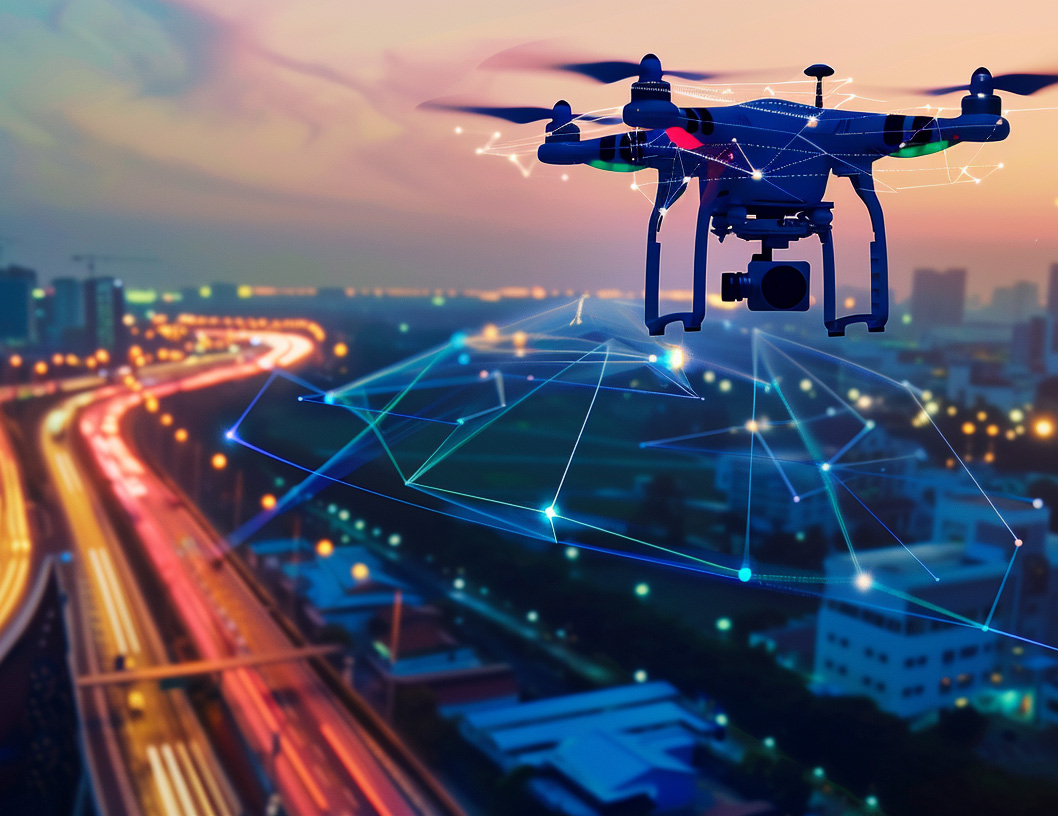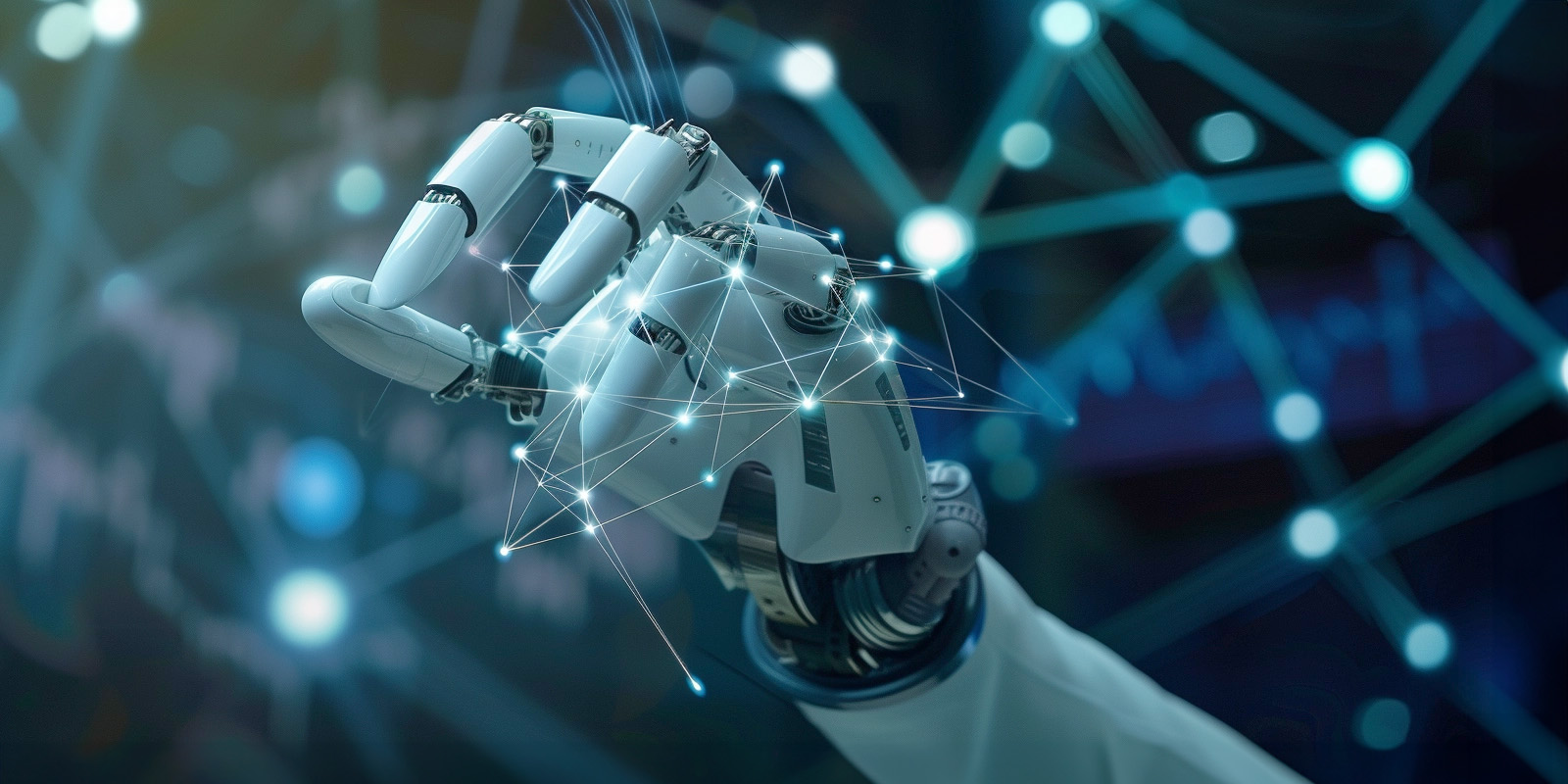Intelligenza Artificiale e Machine Learning: rivoluzionare l'Ingegneria Civile.
Technological advancement has always pushed civil engineering towards new horizons. Today, Artificial Intelligence (AI) and Machine Learning (ML) are marking the beginning of a revolution, promising to transform from top to bottom the way we design, construct, and maintain our infrastructure.

The Impact of AI in Design and Construction
AI-Assisted Design
AI is changing the game in infrastructure design, making it possible to rapidly analyze huge data sets to identify the most efficient and sustainable solutions. Through the use of ML algorithms, it’s possible to predict the impact of various environmental factors on structures, thus optimizing their resilience and durability.
Construction and Resource Management
During the construction phase, AI offers tools for more efficient resource management and for reducing occupational risks. Drones and robots, guided by AI systems, can perform work in dangerous conditions or access difficult areas, improving site safety and reducing the risk of accidents. Moreover, AI facilitates more accurate project planning, anticipating possible delays or problems and suggesting real-time corrections.
Predictive Maintenance and Monitoring
The adoption of IoT sensors and drones equipped with AI technology for infrastructure monitoring represents a significant step forward. These tools allow for continuous and detailed analysis of structural conditions, identifying early signs of degradation or damage. The ability to perform predictive maintenance, based on the collected data, greatly extends the lifespan of structures while reducing operational and environmental costs.

The Bridge Inspection System with Drones: The Brooklyn Bridge
The Brooklyn Bridge, one of New York’s most recognizable symbols, was the subject of an innovative monitoring project using AI-equipped drones. This technology has enabled the detection of structural problems that were not identified during traditional inspections. Thanks to high-resolution cameras and advanced sensors, the drones carried out detailed scans of the structure, while AI analyzed the images to identify cracks, corrosion, and other signs of wear.
This approach has demonstrated the immense potential of AI-based technologies in infrastructure management. Not only has it improved the accuracy of inspections, but it has also made the process safer and more efficient. ML algorithms, improving with every new analysis, promise to revolutionize predictive maintenance by anticipating problems before they can cause significant damage.
Towards a Resilient and Sustainable Future
The integration of AI and ML in civil engineering marks the beginning of a profound transformation in the sector.
These technologies not only make it possible to carry out more innovative and sustainable projects but also pave the way to a future where infrastructure will be more resilient, efficient, and safe. As these technologies continue to evolve, we can expect their application in the civil engineering sector to become increasingly widespread, driving the evolution of our cities towards a tomorrow optimized by digitalization.

